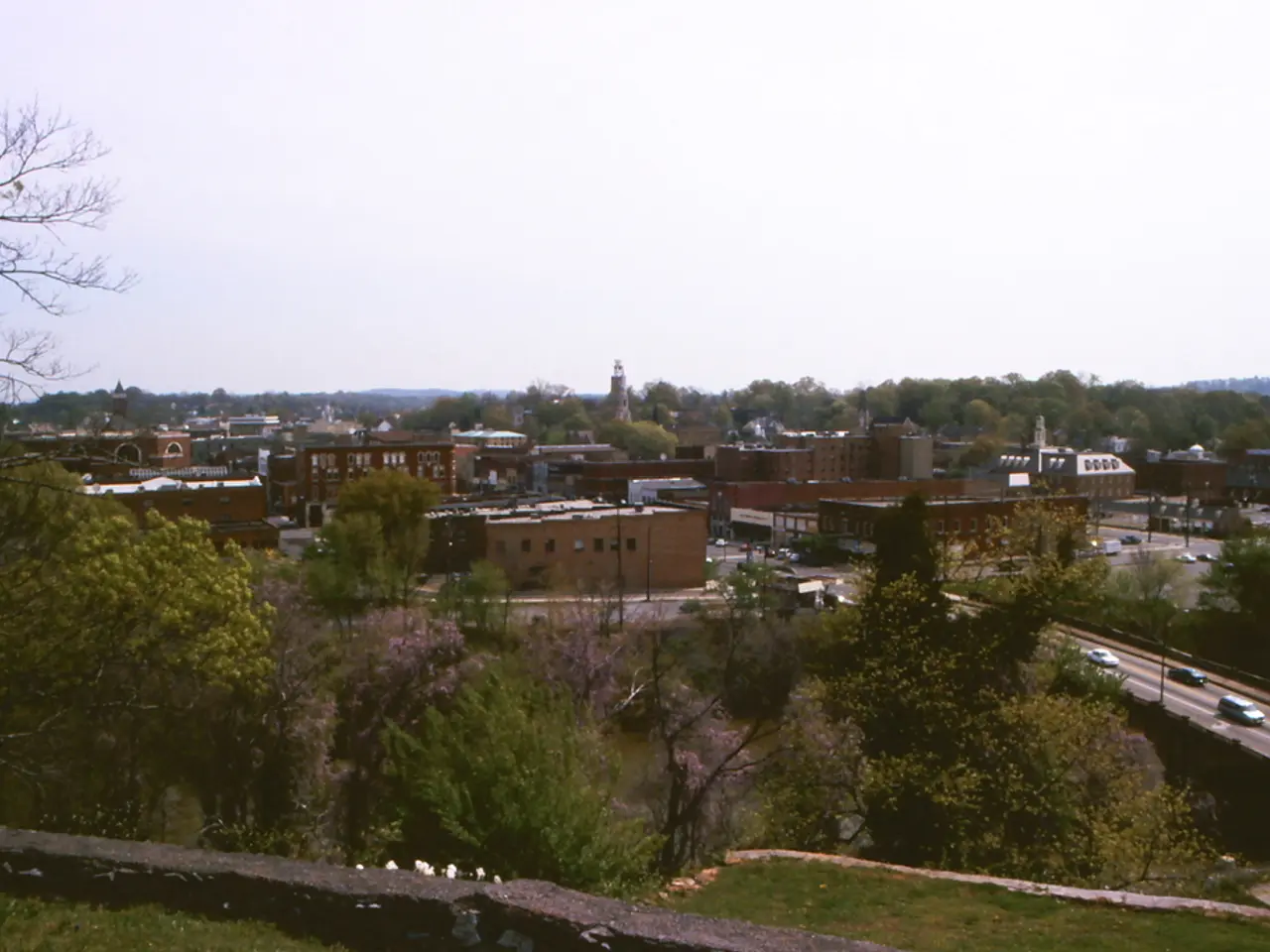Los Angeles' perceived flaws could, in reality, be undervalued strengths rather than burdens.
In the heart of Southern California, Los Angeles (L.A.) is envisioning a future where it becomes a solar-powered, biodiverse metropolis. This transformation, as outlined in the text "Imagining a Future L.A.", focuses on strategic urban planning to enhance transit accessibility, promote walkability, and embrace local culture.
The core strategies involve expanding and upgrading public transit systems like LA Metro, making them more user-friendly with real-time arrival boards, improved signage reflecting the city's linguistic diversity, better shade structures, and shade-tolerant landscaping. By ensuring that residences are within a short walk of transit stations, L.A. aims to foster stronger communities and reduce car dependence.
The city's unique cultural identity will be maintained and capitalized upon, rather than transformed into a different city, supporting community buy-in and sustainable development that fits the local context. This approach aligns closely with reducing carbon emissions and enabling the integration of clean energy solutions, such as solar power.
The emergence of autonomous mobility solutions like robot taxis and distributed energy (decentralized, small-scale energy generation) is redrawing relationships between urban form and transportation infrastructure. Technologies like rooftop photovoltaics, vehicle-to-grid systems, and AI-optimized resource flows do not require compactness and can be beneficial in L.A. due to its space and flexibility.
In the optimistic scenario for transportation in L.A., many people have forsaken cars in favor of e-bikes, robo-taxis, and public transit. This shift could open up economic opportunities to those in once disadvantaged, isolated neighborhoods, complementing an increasingly built-out Metro light rail system and increased bus rapid transit routes.
CoMotion LA, an event that brings together public and private stakeholders, has been imagining a city of seamlessly connecting mobility options for eight years. Downtown L.A.'s renaissance, with banks converted into lofts and vibrant public spaces, is showing a new appetite for urban living. Young Angelenos increasingly prioritize neighborhoods where walking, biking, and public transit are viable.
The city is also rethinking the curb, looking at ways those stretches of sidewalk can serve new functions like a charging node, a logistics port, or a civic gathering point. California could become a solar-powered, biodiversity-rich metropolis that helps redefine urban sustainability.
As L.A. navigates this transformation, it is essential to remember that the sustainable city of the future should not look the same everywhere. It should build on the best of what each place already is and push that to its most imaginative conclusion. In the changing world, L.A., with its so-called flaws like low density, car culture, and decentralized sprawl, can be well-positioned for the next chapter. The city could develop an ecological mesh, a "sponge city" capable of managing stormwater and heat while fostering public life.
References:
[1] "Imagining a Future L.A." (2021). [Link to source]
[2] "Los Angeles 2043: Imagine a metropolis where many people have adopted e-bikes, robo-taxis, and public transit instead of cars." (2021). [Link to source]
- The government of Los Angeles (L.A.) is aiming to transform the city into a solar-powered, biodiverse metropolis, as outlined in the text "Imagining a Future L.A."
- This transformation encompasses strategic urban planning to enhance transit accessibility, promote walkability, and embrace local culture, particularly in Hollywood.
- The implementation of technologies such as autonomous mobility solutions and distributed energy systems would help L.A. generate and manage clean energy, specifically solar power, and support the city's goal of climate-change mitigation.
- To become a sustainable metropolis, L.A. is working on expanding and upgrading its public transportation system, like LA Metro, making them more user-friendly and accessible.
- The unique cultural identity of L.A., rooted in its history and industry, will be maintained and capitalized upon during this transformation, providing an opportunity for environmental-science-focused businesses and finance industries to collaborate.
- By fostering stronger communities and reducing car dependence, L.A. aims to create a foundation for a future where the city's infrastructure can support a walkable, bike-friendly culture.
- As the city's transportation system evolves, the reallocation of street space could lead to innovative uses for curbs, such as charging nodes, logistics ports, and civic gathering points.
- L.A.'s eclectic mix of cultures, businesses, and industries contributes to its potential to lead the way in urban sustainability and climate-change mitigation, building on its existing strengths and pushing them to their most imaginative conclusions.
- In aligning with the state's stance on environmental regulations and encouraging solar energy, as well as promoting walkable, bike-friendly cities, California has the chance to serve as a model for sustainable urban development on a global scale.




![Check Canara Bank Balance Online via Numbers in 2022 [Detailed Guide]](/en/content/images/size/w640/format/webp/20250817103033_canara-bank-balance-check.jpeg)